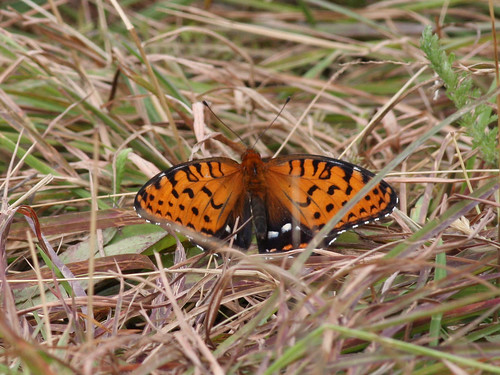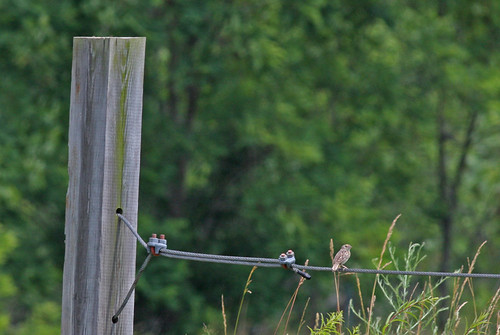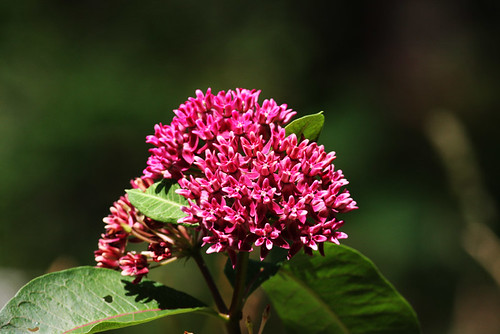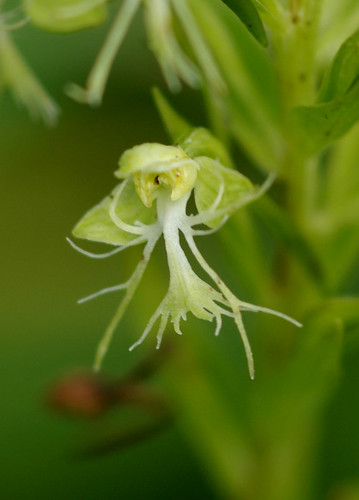Here are some photos from today's Regal Fritillary tour at Fort Indiantown Gap, Pennsylvania.

The Regal Fritillary, a butterfly of open prairies, has experienced an extremely sharp decline in the past century. It used to inhabit most of the north eastern and north-central United States. With the loss of habitat, as a result of building and reforestation, this butterfly has left almost all of its original range. It now lives in the Great Plains and in a few places in the east. Fort Indiantown Gap is one of these rare places, the only one of its kind in PA.
Regal Fritillaries use violets for their larval foodplant. In Pennsylvania, the fritillaries use mainly Arrow-leaved Violets (
Viola sagittata). Across the country, these butterflies use many species of violets including Birdsfoot Violet (
Viola pedata). While rearing caterpillars, experts have discovered that that the caterpillars will also eat close relatives to the host plants such as Common Blue Violet (
Viola sororia) and Pansies. Although these plants can be used in a controlled environment, the female butterflies in the wild will never lay their eggs on these plants.
Fort Indiantown Gap is also home to many other grassland organisms, such as this Grasshopper Sparrow and Purple Milkweed:


Fort Indiantown Gap is a National Guard training facility, so it is not open to the public. To see these butterflies, butterfly enthusiasts must go on special guided tours.

I also saw some other butterflies at the gap, including American Copper, Great Spangled Fritillary, Aphrodite Fritillary, Monarch, and a bunch of other butterflies. What an interesting and incredible place.








